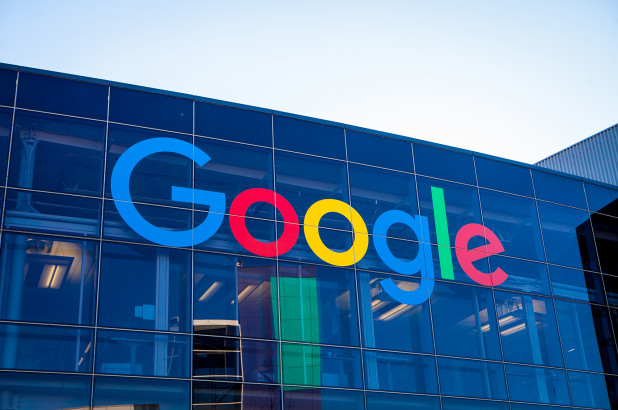Another of the greats of the industry is looking for a gap in the virtual reality market. It is none other than Dolby, a reference in the world of audio that aims to adapt its new Atmos system to virtual reality through binaural sound.
For this, Dolby has reached an agreement with Jaunt, a production company of short films for Oculus Rift and Google Cardboard that uses its own camera system that captures scenes in 360º, such as the recording of a live performance by Paul McCartney or the short Kaiju Fury. For Jens Christensen, CEO of Jaunt, sound is vital. “We have realized that audio is a vital component in providing a compelling experience that is capable of transporting you. We believe that audio is 50% of the experience,” he says, paraphrasing George Lucas.
To date, Jaunt has used a microphone array to capture the audio and offer a 360º sound field around the viewer. But VR movies need to go a step further, and that’s where Atmos comes in. But what differentiates Atmos from traditional systems, even the most Moderna as Dolby TrueHD or DTS HD? In them, the audio is recorded on 7 different tracks, each of which is assigned to a speaker. If we have a 7.1 equipment, each track will go to the corresponding speaker, while if we have fewer speakers, the audio processor will be in charge of distributing the audio of the other channels between the speakers to imitate the result.
With Atmos disappears, the term “audio tracks”, and now every sound element of the scene (the noise of an engine, the voice of an actor, a gunshot or an explosion) is recorded along with a value that represents its position in space with respect to the viewer, a value that can be fixed or go moving while the audio is playing, for example if a car passes at full speed from side to side of the screen. It is the audio processor that, depending on the number of speakers installed in the room, places each of the sounds in its exact spatial position. In cinemas, the maximum number of independent speakers reaches 34, 10 of them located above the heads of viewers. In home home cinema, some processors capable of using up to 4 speakers in the ceiling have already appeared, which is called 7.1.4.
How does this experience translate to virtual reality? Dolby claims that it will use the information of the position of the auditory elements of the scene to generate a 3D sound image around us by performing a mix that will sound the same as binaural sound using headphones. We have already seen demonstrations such as the RealSpace3D system licensed by Oculus and the result has seemed much more than convincing to us, therefore it is excellent news that a great one like Dolby has also decided to get involved in virtual reality. Being able to have movies with the audio encoded in Dolby Atmos and listen to them as if we were in the cinema while watching them on our HMD is going to be a real joy. For now, Jaunt will release the first movies with Dolby Atmos at the end of the year for Android devices, so we can start to get an idea of their quality.









